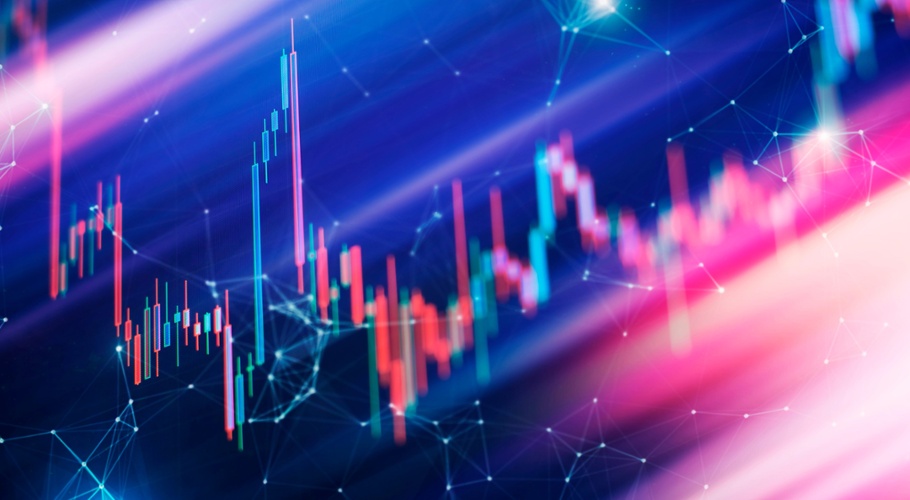How to build a truly global portfolio with ETFs
Nowhere is the diversity of Exchange Traded Funds (ETFs) now available on the ASX, more evident than in the array of products which invest in international shares.
More than $66 billion was invested in global equity ETFs as at April 30, or close to half of the market capitalisation of all ETFs available on the exchange.
Market uncertainty has triggered periods of outflows over the past year as investors focused on defensive assets in the face of market uncertainty. Nonetheless, the total size of global equity ETFs listed on the ASX increased more than 5% over the past 12 months is an indication of investor appetite for offshore diversification.
A recognition that global markets provide exposure to sectors which are difficult to access in Australia’s resource and financial services-heavy market, has been a driver of this diversification. International shares have also generated superior returns to domestic equities since the global financial crisis, though in other periods have underperformed local shares.
Indeed, research by AMP Investments shows global shares outperformed domestic equities in the high inflation 1970s and 1980s, but marginally underperformed in the 1990s and dramatically underperformed in the resources boom of the 2000s. As the boom subsided, global equities again delivered better outcomes.1
The simplicity of building a global portfolio via managed investments is a key attraction for Australian advisers seeking diversification for clients as it negates the greater complexity of buying individual shares, including the currency conversion required for each transaction.
Unsurprisingly, the most popular global equity ETFs are those dedicated to the world’s very largest companies or sharemarket indices – mostly the US S&P500 Index, MSCI World Index or S&P Global 100 Index.
Outside these very large funds, sit a range of other ETFs of varying size which provide access to different geographies, investment strategies and thematics that could add an extra dimension to a portfolio. The VanEck MSCI International Quality ETF (ASX:QUAL), for example, aims to capture the performance of quality international companies in developed markets.
Elsewhere, Vanguard’s Global Value Equity Active ETF (ASX:VVLU) holds 905 companies ranging from small to large caps in developed markets. Its largest allocation is to US companies (65.3%), with the rest across European markets, Japan, Korea and Israel.
Then there’s vehicles which provide access to developing markets, such as Ishares MSCI Emerging Markets ETF (ASX:IEM), and others which invest in specific areas such as health, technology and global small caps.
Sustainability-focused funds, of course, also exist. BetaShares Global Sustainability Leaders ETF (ASX: ETHI), for example, tracks the performance of a portfolio of large global stocks identified as “climate leaders”, whereas the Nanuk New World Fund (ASX:NNUK) is a bottom-up fund based on the premise that global investment in sustainable products and services may benefit selected companies.
Outlook for global equity markets
The easy availability of global equity ETFs is just one factor to consider when constructing a portfolio. Another important consideration is the market outlook in an environment that remains characterised by economic and market uncertainty.
The MSCI World ex Australia Index ($US) generated a gross return of 3.88% in the year to April 28, while the MSCI Emerging Markets Index ($US) fell 6.09% in the same period.
Looking ahead, Russell Investments in its second quarter Global Market Outlook, argued there was limited upside for global equities while recession risk was on the horizon.
“Although non-US developed equities are cheaper than US equities, we have a neutral preference until the Fed becomes less hawkish and the US dollar weakens,” Russell noted.
In terms of emerging market equities, it said “a recovery seems likely only once the Fed has stopped tightening and the US dollar begins to decline. China’s reopening has helped Chinese stocks rebound, but there are question marks over the longer-term outlook given the headwinds from the property market. For now, a neutral stance is warranted.”
1 AMP Investments, January 30, 2023 “Oliver's insights - Australian v global shares”, https://www.amp.com.au/insights-hub/blog/investing/olivers-insights-australian-v-global-shares

